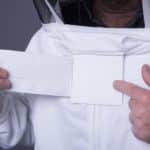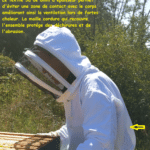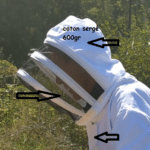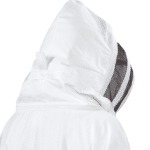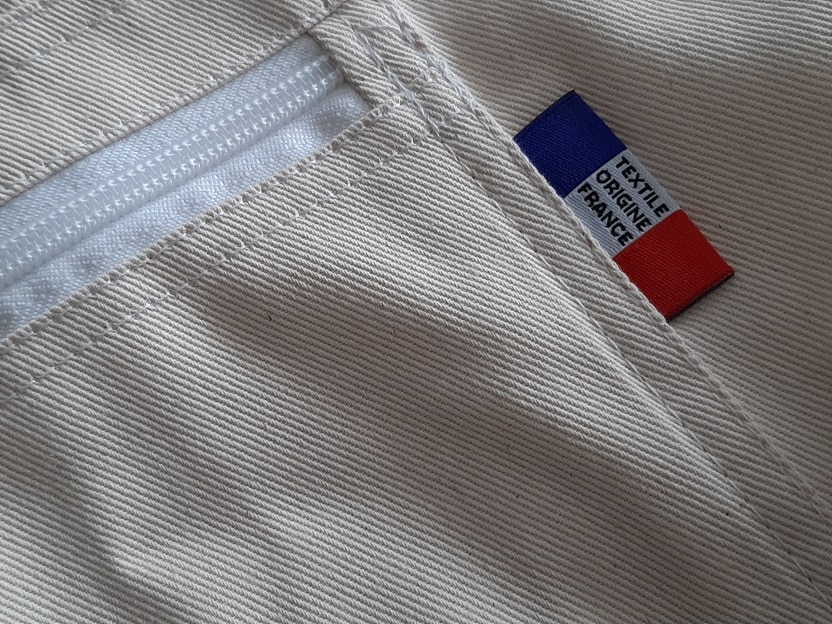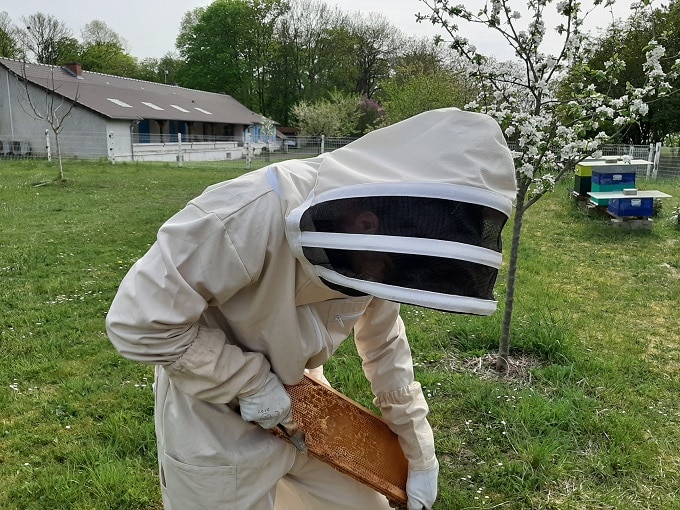COMBINATION BEEKEEPER
Apiprotec is in the business of protecting you.
OUR APIPROTEC BEEKEEPING SUIT IS THE PERFECT PROTECTION.
APIPROTEC trademark, models and patterns registered with INPI
combination beekeeper
Beekeeping is an industry where the risk of bee stings is very common. In France in 2018, there were around 56,000 beekeepers. 90% of these beekeepers operate between one and forty-nine hives (sources: ADA France), i.e. small family production units. The remainder of beekeepers are considered professional or multi-active.
Regulations governing beekeeping attire
Personal protective equipment regulations in the beekeeping sector are very recent. At present, all protective clothing for beekeepers is considered to be personal protective equipment. (PPE2) The beekeeper’s suit, the main item of equipment along with gloves, must meet the essential requirements of the following regulations European. The same applies to beekeeping jackets. (See our section on the home page: how to choose your beekeeping suit)
Safety in the apiary
The bee stinger measures 2 to 3 mm, so it’s imperative that the fabric used to make the beekeeper’s suit is thick enough to avoid any risk of stings. When working in the apiary, excited bees will try to penetrate the most vulnerable areas of the beekeeper’s suit. Highly sensitive areas such as the neck, nape of the neck and face must be perfectly sealed. Bee stings are a fact of life for beekeepers. The risks are real, although they are sometimes downplayed by some. Beekeepers need to take their protection seriously. There are few statistics on work-related accidents in the beekeeping environment, and it should be remembered that around 52,000 beekeepers are amateurs, and therefore do not fall into a professional category subject to occupational medicine statistics. The amateur beekeeper must be extremely vigilant about the quality of his equipment, the origin of manufacture, the weight of the fabric, the strength of the hook-and-loop fasteners and the tensile strength of the seams. The veil is undoubtedly the most important element, providing protection for the face and neck.
When working in the apiary, exposure to bee stings is very present. A serene attitude, precise and calm gestures help to reduce the risk of hive “nervousness”. Your best guarantee against a runaway hive is your beekeeping suit. You must be absolutely certain that your outfit is waterproof. Your beekeeping suit is your protection, you need to feel perfectly safe, even in the event of a bee attack. Before visiting the hives, the beekeeper must check the condition of his overalls, veil and gloves. At the apiary, you need to take the time to put on your protective clothing properly , and adjust the fastenings. All beekeeper’s protective clothing, whether jacket, blouson or veil, must provide effective, long-lasting protection. Any beekeeper’s clothing presenting the slightest risk of intrusion or wear must be systematically removed from the beekeeper’s changing room. Beekeeping coveralls do not protect against hornet or wasp stings.
The APIPROTEC beekeeping suit
The anti-intrusion feature of our beekeeping suits, jackets and vests guarantees effective protection. Our 600gr cotton twill beekeeper’s hat offers solid protection. The system for attaching the hat to the body of the garment (mouth-to-mouth zipper) avoids a seam at the back of the hat. Once the beekeeper has put on his outfit, he can check the tightness of the fastenings from the inside. If all these assembly operations are carried out correctly, the beekeeper can leave for the hives with complete peace of mind. It’s essential to take good care of your outfit, and the instructions supplied with the garment give all the necessary explanations for beekeepers.
- Product performance levels
- Maintenance
- Technical tests
The APIPROTEC protective veil and hat
Our hat and veil have been designed to meet the beekeeper’s need for protection and comfort. The 600-gram cotton twill hat guarantees optimum head protection. The hat’s rigid support keeps the beekeeper’s face away from the veil. The veil has been treated to resist abrasion and tearing. There is no seam at the back of the veil, preventing bees from entering this often exposed area. The hat’s design gives the beekeeper a wide field of vision. The anti-intrusion closure system with double hook-and-loop tape ensures comfort and safety. Beekeepers can work in their hives with complete peace of mind.
The main regulatory points of our beekeeping suits.
European regulation 2016/425, PPE category 2.
The manufacturer’s information leaflet must be included in each individual package of protective clothing. The information leaflet must contain :
- Manufacturer’s name and address
- Performance achieved during technical examinations to verify PPE levels or classes
- Instructions for storage, use, cleaning and maintenance
- declaration of non-use of harmful products
- accessories for use with PPE (beekeeper’s gloves)
The organic cotton beekeeper suit
New 2020 beekeeping suit in organic cotton to discover in the beekeeping store


